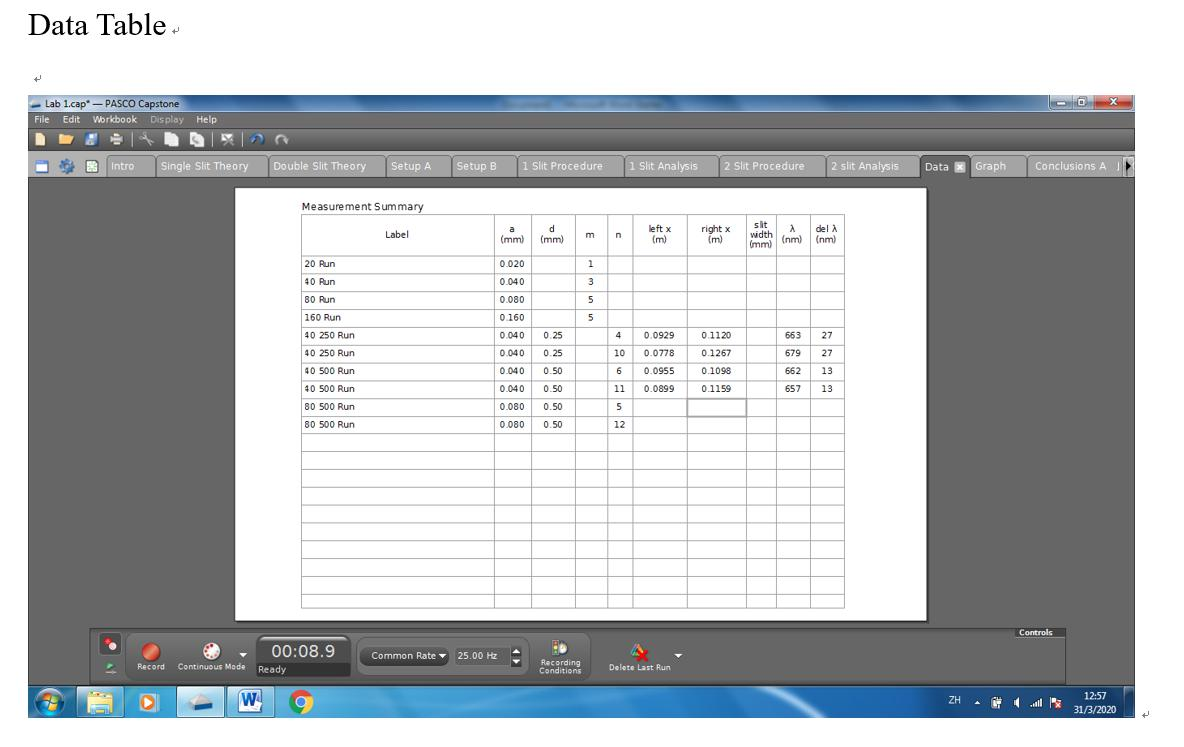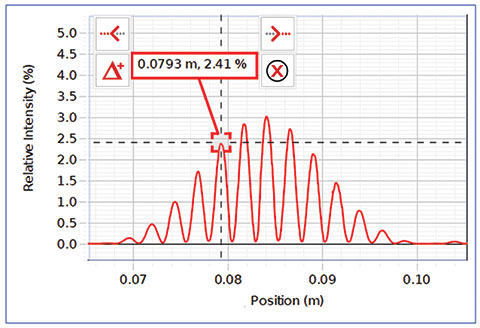

- #How to find standard deviation pasco capstone how to#
- #How to find standard deviation pasco capstone plus#
A population is the entire group that you want to draw conclusions about. The other important consideration to make when determining your sample size is the size of the entire population you want to study. For example, once you have already sent out your survey, how much variance do you expect in your responses? That variation in responses is the standard deviation. The higher the distribution or variability, the greater the standard deviation and the greater the magnitude of the deviation. In calculating the sample size, the standard deviation is useful in estimating how much the responses you receive will vary from each other and from the mean number, and the standard deviation of a sample can be used to approximate the standard deviation of a population. Standard DeviationĪnother critical measure when determining the sample size is the standard deviation, which measures a data set’s distribution from its mean.

In other words, the larger your sample size for a given confidence level, the smaller your confidence interval.

The larger your sample size, the more confident you can be that their answers truly reflect the population. For example, a 99% confidence level means that should you repeat an experiment or survey over and over again, 99 percent of the time, your results will match the results you get from a population. It is expressed as a percentage and represents how often the percentage of the population who would pick an answer lies within the confidence interval. The confidence level refers to the percentage of probability, or certainty that the confidence interval would contain the true population parameter when you draw a random sample many times. SUGGESTED CAPI, CATI, and CAWI Research Methods Confidence Level For example, if your confidence interval is 6 and 60% percent of your sample picks an answer, you can be confident that if you had asked the entire population, between 54% (60-6) and 66% (60+6) would have picked that answer.
#How to find standard deviation pasco capstone plus#
The confidence interval is usually a plus or minus (±) figure. In simple terms, the confidence interval tells you how confident you can be that the results from a study reflect what you would expect to find if it were possible to survey the entire population being studied. Confidence Interval (Margin of Error)Ĭonfidence intervals measure the degree of uncertainty or certainty in a sampling method and how much uncertainty there is with any particular statistic. When thinking about sample size, the two measures of error that are almost always synonymous with sample sizes are the confidence interval and the confidence level.

Confidence Interval and Confidence LevelĪs we have noted before, when selecting a sample there are multiple factors that can impact the reliability and validity of results, including sampling and non-sampling errors.
#How to find standard deviation pasco capstone how to#
This article will discuss considerations to put in place when determining your sample size and how to calculate the sample size. On the other hand, while larger sample sizes yield smaller margins of error and are more representative, a sample size that is too large may significantly increase the cost and time taken to conduct the research. If the sample size is too small, it will not yield valid results or adequately represent the realities of the population being studied. Determining the appropriate sample size is one of the most important factors in statistical analysis. The sample size references the total number of respondents included in a study, and the number is often broken down into sub-groups by demographics such as age, gender, and location so that the total sample achieves represents the entire population. Sample size is a research term used for defining the number of individuals included in a research study to represent a population.


 0 kommentar(er)
0 kommentar(er)
